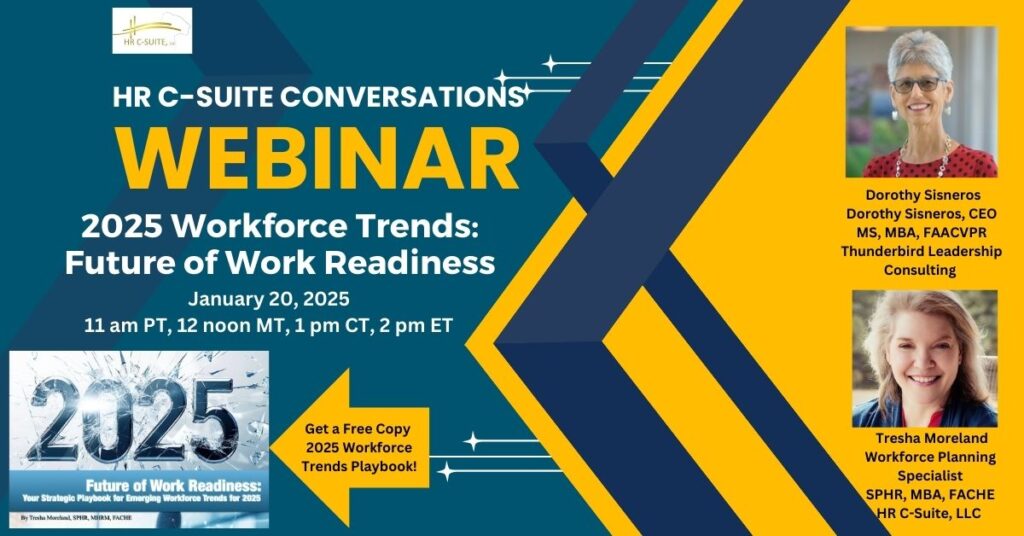In today's unpredictable business landscape, organizations face an ever-increasing array of challenges, from technological advancements to increased regulatory pressures and economic downturns.
In such uncertain times, workforce planning plays a critical role in helping organizations navigate disruptions and chaos. Here are how organizations can benefit from proactive planning and preparation.
The Need for Strategic Workforce Planning
Industry disruptions, whether caused by technological innovation, geopolitical events, or unforeseen crises like the COVID-19 pandemic, can have profound impacts on organizations and their workforce. Without proper planning and preparation, organizations may find themselves ill-equipped to respond effectively to these disruptions, leading to lost opportunities, decreased productivity, and even business failure. Strategic workforce planning offers a proactive approach to addressing these challenges, allowing organizations to anticipate future needs, mitigate risks, and capitalize on emerging opportunities.

Anticipating Future Needs
One of the primary benefits of strategic workforce planning is its ability to anticipate future needs and trends within an organization's industry. By conducting thorough analyses of market dynamics, customer demands, and technological advancements, organizations can identify potential disruptors and adapt their workforce accordingly. This may involve investing in new skills and capabilities, reallocating resources to high-growth areas, or restructuring the workforce to better align with emerging market trends.
Mitigating Risks
In times of industry disruptions, organizations face a multitude of risks, including talent shortages, market volatility, and regulatory changes. Strategic workforce planning enables organizations to identify and mitigate these risks through proactive measures such as talent pipelining, succession planning, and scenario planning. By developing contingency plans and building resilience into their workforce, organizations can better withstand the impact of disruptions and maintain business continuity.
Capitalizing on Emerging Opportunities
While industry disruptions may pose significant challenges, they also present opportunities for organizations to innovate and grow. Strategic workforce planning allows organizations to capitalize on these opportunities by aligning their workforce with emerging market trends and customer needs. This may involve investing in new technologies, expanding into new markets, or developing new products and services. By positioning themselves ahead of the curve, organizations can gain a competitive advantage and drive sustainable growth in the face of disruptions.
Enhancing Agility and Adaptability
In today's volatile and uncertain business environment, agility and adaptability are essential for organizational survival. Strategic workforce planning helps organizations enhance their agility by fostering a culture of continuous learning, innovation, and flexibility. By developing a diverse and resilient workforce that is capable of quickly responding to changing market conditions, organizations can adapt more effectively to disruptions and maintain their competitive edge.
Improving Employee Engagement and Retention
Effective workforce planning is not just about anticipating external disruptions; it also involves understanding and addressing the needs of the internal workforce. By investing in employee development, career planning, and work-life balance initiatives, organizations can improve employee engagement and retention, reducing turnover and maintaining a stable and productive workforce. Engaged and motivated employees are more likely to weather disruptions and remain committed to organizational success, even in the face of uncertainty.
Wrapping it up
Strategic workforce planning is essential for helping organizations navigate industry disruptions and unthinkable chaos. In today's unpredictable business environment, strategic workforce planning is not just a luxury; it's a necessity for long-term success and sustainability. By investing in workforce planning initiatives, organizations can position themselves to not only survive disruptions but emerge stronger and more resilient than ever before.
